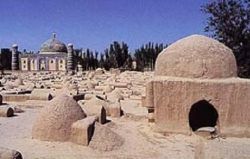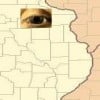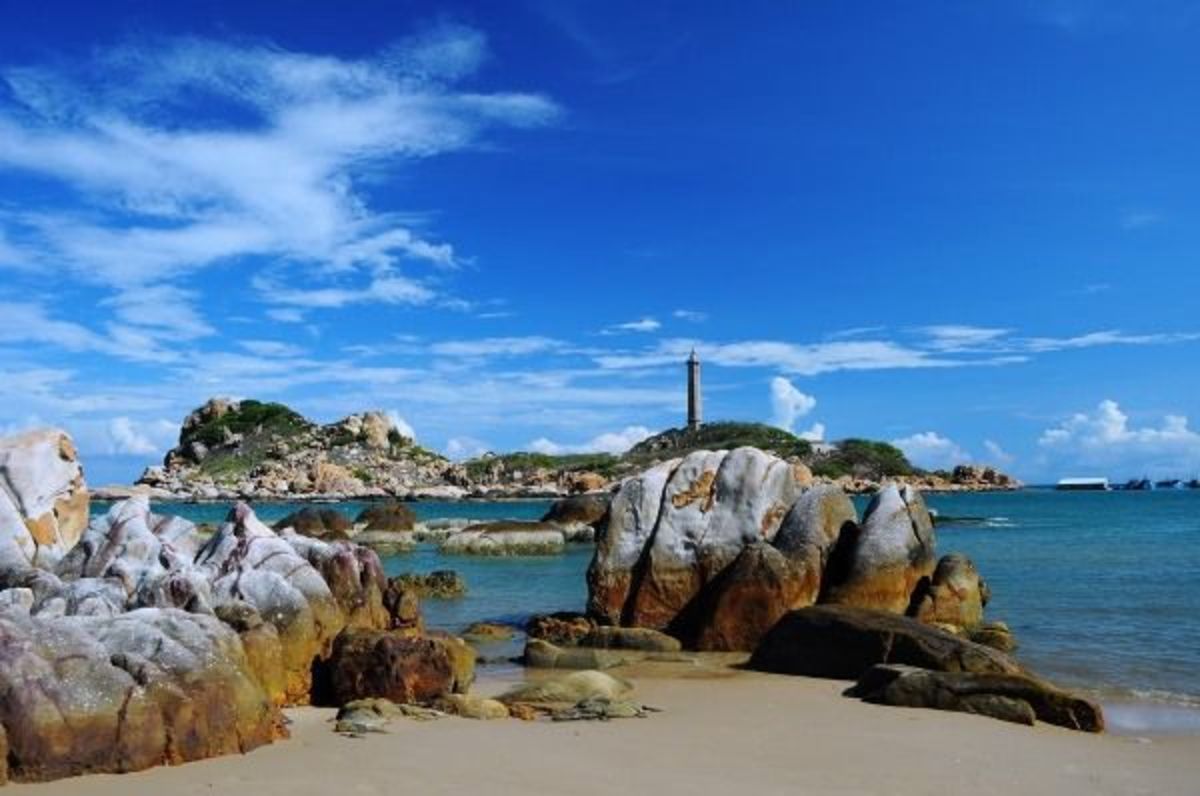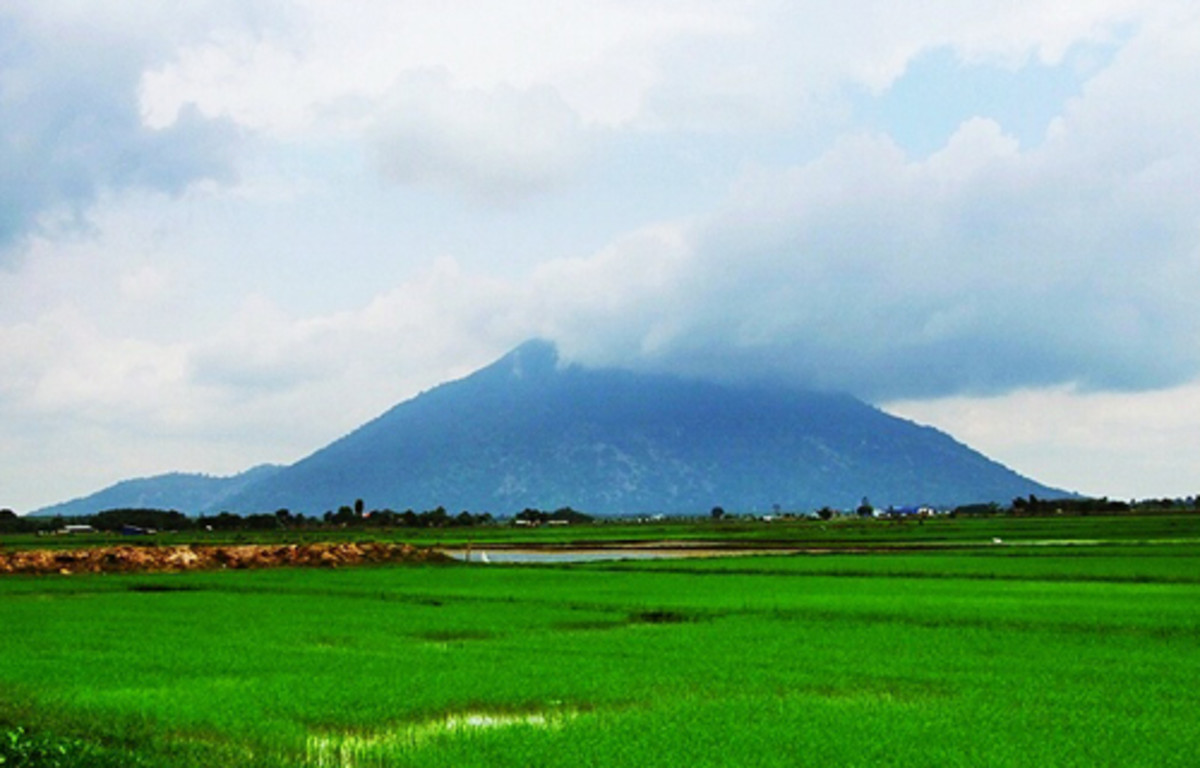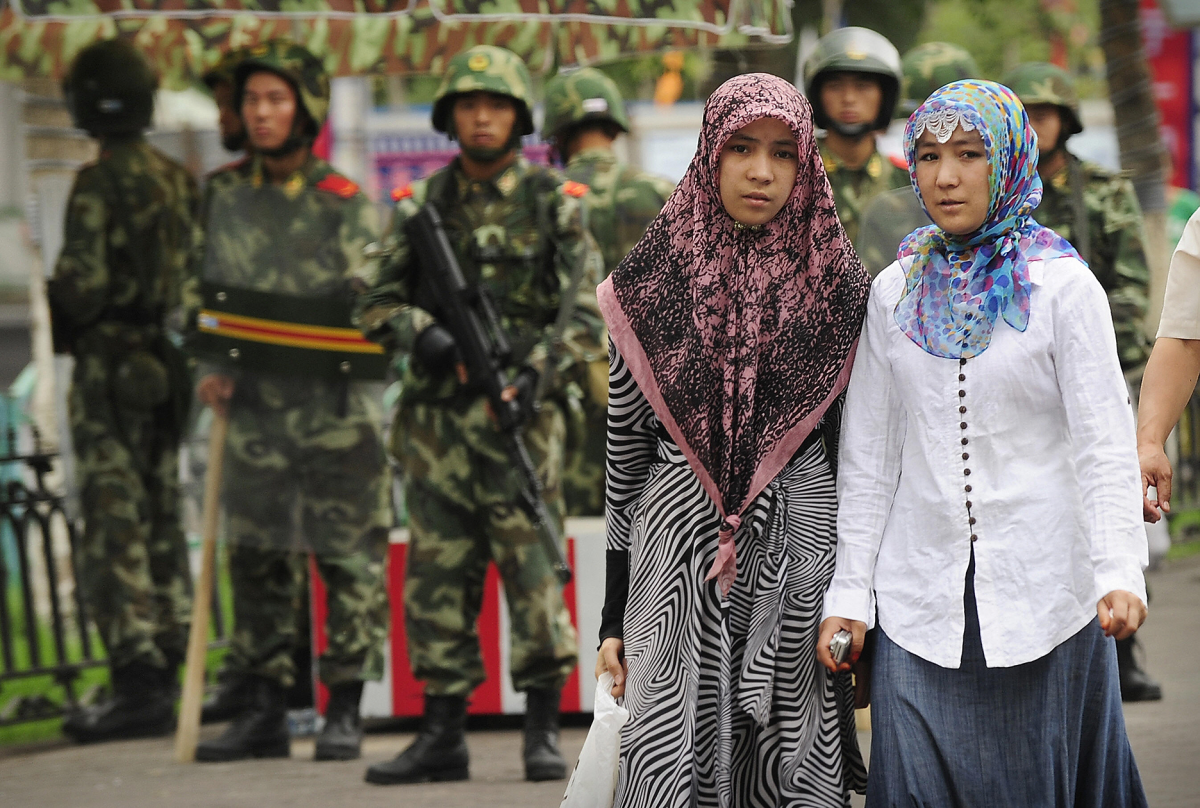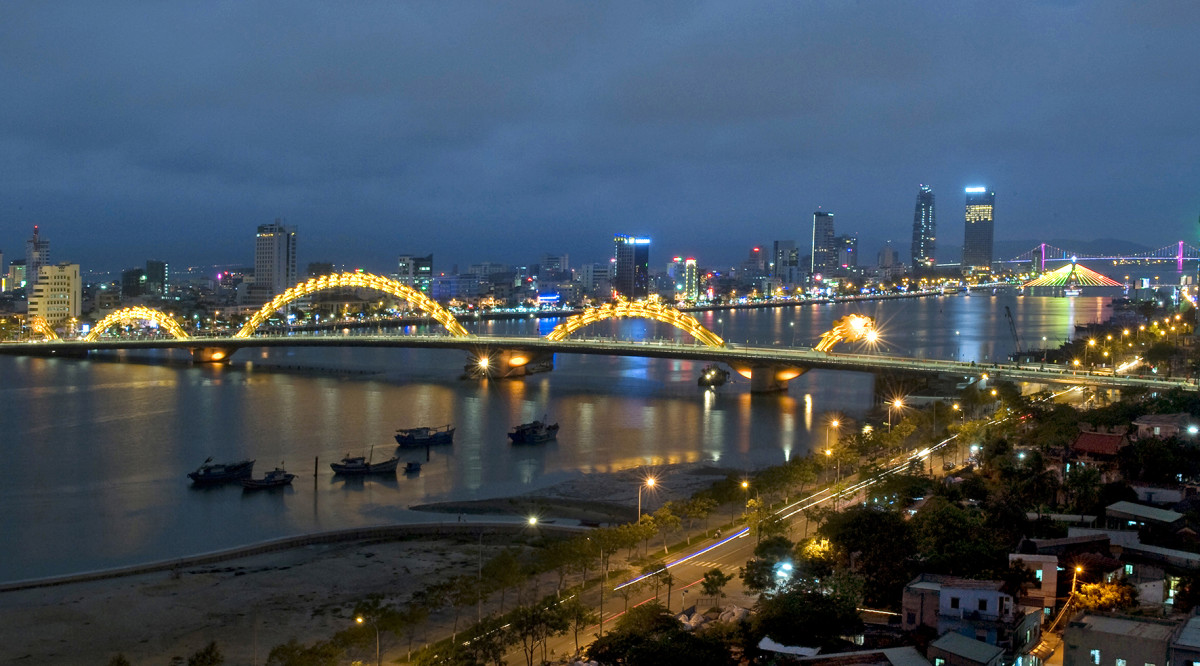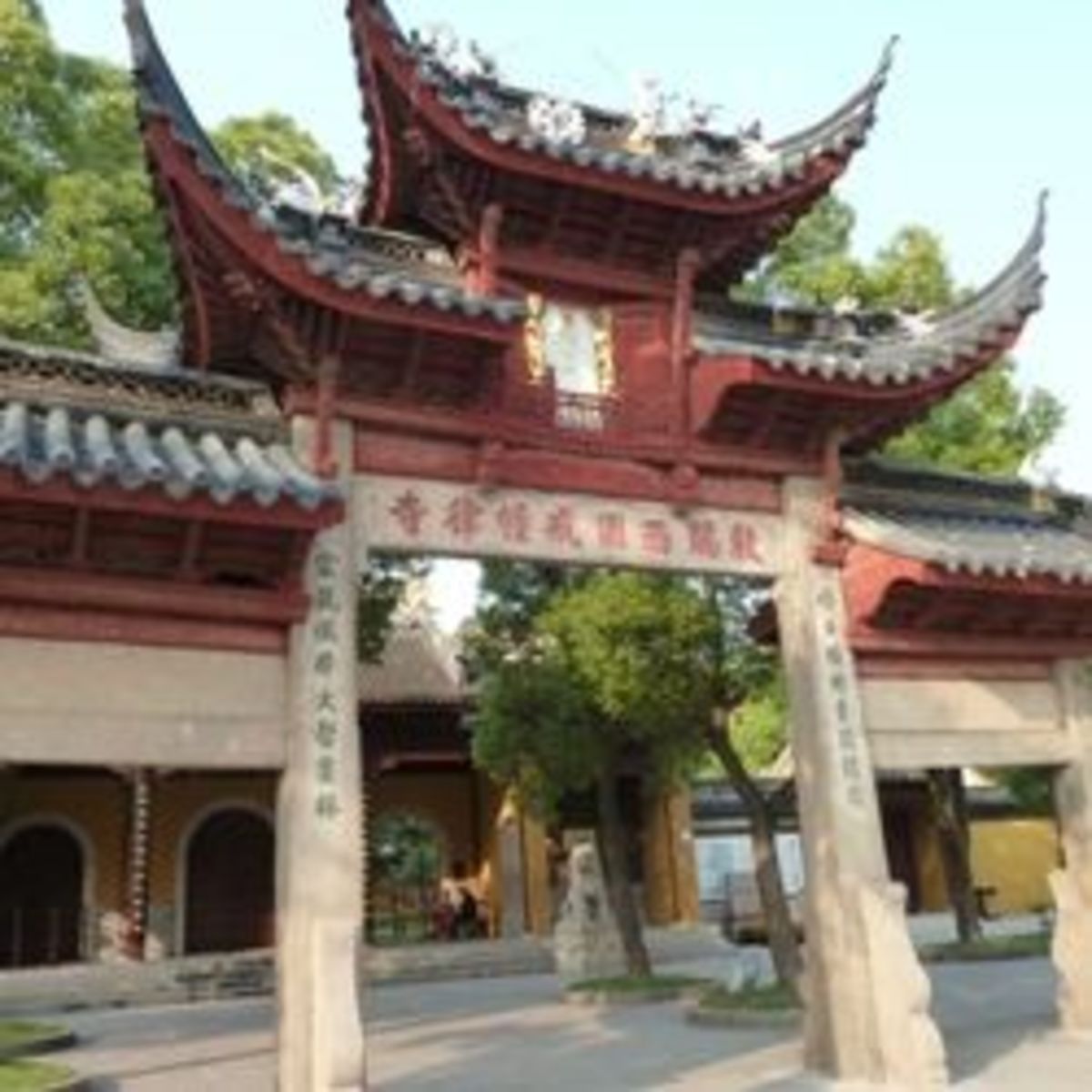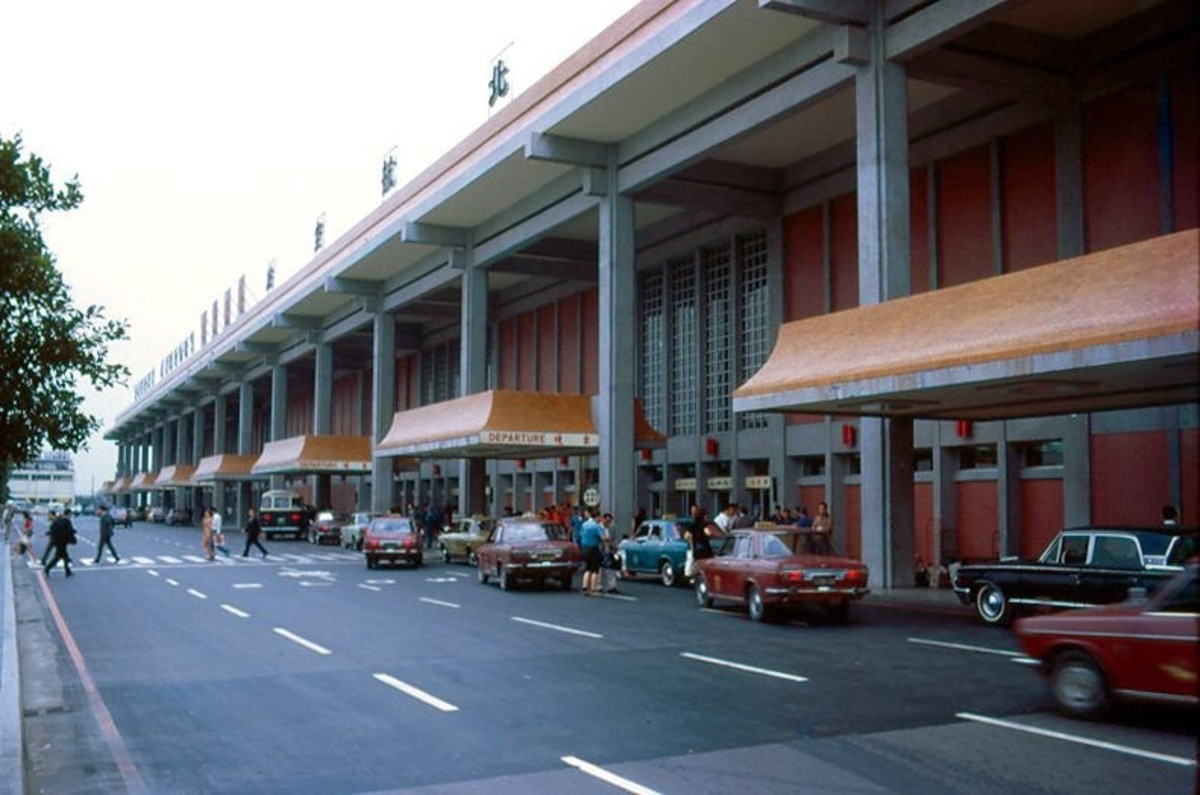Travel - China Quartet (Provinces) 2
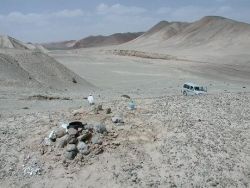
Far out
Xinjiang, Qinghai, Gansu, Inner Mongolia (Nei Mongol).
Only the most intrepid and adventuresome foreigners travel to these remote places (even fewer Chinese do so?), but this of course is one of the things that make them attractive.
It has been said that the function of these provinces is to maintain a barrier between "China proper" and the troublesome tribes that bounce around in the vast territory of Central Asia.
They are also a good place to which to banish crooked, or under-performing, Mandarins (think "high officials"). Many suffered this fate over the centuries, though many of those found that being far away from Beijing was a boon.
You might find these provinces a boon, too. It helps to know something about them before you go, of course, and the treatments here are intended to get you started.
Oh yes, and if you've never heard of Gansu, you are not alone. But read on and you will have at least dipped your toe in that desert province.
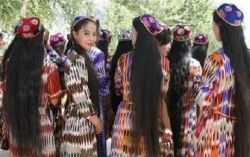
Xinjiang Province
Even vaster than Qinghai:
One province but 16% of the total land area of China. It takes five hours to fly from Beijing, the capital of the nation, to Urumqi, the capital of the province. And Urumqi is about 1,500 km/1,000 miles NE of Kashgar, which is in the same province.
Xinjiang is known for its remoteness, its vast deserts and mountains, its ethnic minorities, and its fruit. Particularly melons and grapes, though increasingly for "fragrant pears".
The place "overflows with wine," which among other things shows that this far fringe of Muslim culture is very different from, say, Persia.
The province is officially "Xinjiang Uighur Autonomous Region," but autonomy only goes so far, particularly when Han Chinese are becoming the province's largest group. Settlement in the far west is something which is being encouraged by government policy for, among other reasons, the purpose of relieving congestion in eastern cities.
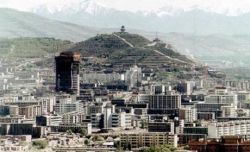
Qinghai Province
Maybe not as large as its neighbor, but still huge.
Qinghai is a relatively recent (1928) province of China. The province has Mongolians, Tibetans, and Turkic peoples, as well as people from the majority group in China, the Han Chinese.
Prior to 1724 Qinghai was under Tibetan control, but in that year it was conquered by the armies sent by the Kangxi Emperor of the Qing dynasty. In 1807 there was a rebellion by Tibetans in Qinghai.
The province is located on the NE part of the Tibetan Plateau. The Yellow River has its origin in the middle of the province, while the Yangzi and Mekong have theirs in the SW part. Qinghai is the fourth largest province (721,000 sq. km), with only a little over 5 million people. The average elevation is over 3000 ml. The Tanggula Mountains and Kunlun Mountains are prominent features.So is Qinghai Lake (Koko Nor), China's largest -- it is, in effect, the Great Salt Lake of China.
Tourism centers on the capital, Xining (pictured).
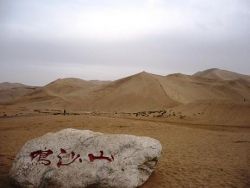
Gansu Province
A narrow slash squeezed in between these other remote provinces.
The principal interest lies in the dramatic, stark landscape and also in the province's position along the Silk Road, making it a cultural transmission path between China, Central Asia and the West. Many parts of the province saw heavy fighting during the Muslim Rebellion of 1862-77.
The capital is Lanzhou.
The Mogao Caves (near Dunhuang) and Maijishan Caves (near Tianshui) contain artistically and historically important Buddhist sculptures, thousands of them, and murals. These, together with the Sufi tombs near Lanzhou, are the principal tourist destinations.
Despite its remoteness today (the Jiuquan Satellite Launch Center is located in the Gobi desert in Gansu), the province has a long history of civilization, evidence of which continues to be unearthed.
An early form of paper inscribed with Chinese characters and dating to about 8 BC was discovered at the site of a Western Han garrison near the Yumen pass only a few years ago.
Sufi tombs worth seeing lie to the south of the capital, in Dongxiang county. Residents of this area are of Dongxiang ethnicity, or Sarta, as they call themselves. Their ancestors were women and craftsmen captured by Jenghiz Khan. They speak a language that has no written form.
A pipeline project has recently been completed, since although the county is bordered by several rivers, including the Yellow River, villagers for aeons had to haul buckets of water on donkeys and shoulder poles and trek dozens of kilometers uphill to bring it home. The project has 56.7 kms of main artery. This branches into four secondary conduits totaling 40 kms, then bifurcating into 14 pipelines totaling 159 kms. Along the routes are 24 aqueducts that irrigate around 8,000 hectares. Half of that area lies in Dongxiang County.
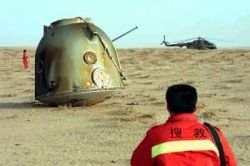
Inner Mongolia (Nei Mongol)
Another form of the name is Nei Menggu. Mongolia, by the way, as opposed to Inner Mongolia, is a separate country, not part of China. It might have been, though, for when Mao made his only trip ever out of China -- to see Stalin in Moscow -- he asked for Mongolia. Stalin said Nyet!
This province lies sort of like a cape draped over the shoulders of the Chinese dragon. As such it borders eight other provinces and is but a bow's shot from several others, including Beijing. It has 12% of China's land area, but only 24 million people. Hulun Buir, its northernmost district, is actually bigger than many Chinese provinces -- and 42 US states. This is what's meant by "wide open spaces".
Wide open spaces can be ridden and trod over with some ease, and the province has a very long and complicated history of contending forces doing just that, though a major force has been farmers from China Proper, who dug in. The majority of the inhabitants used to be Mongols of various affiliations, and this is officially a Mongol autonomous region, but the 80% majority now are Han Chinese. The Great Wall, which roughly follows the southern border, was built to keep the Mongols out (unsuccessfully), and not built to keep the Han in.
The present capital, Hohhot, was begun with a monastery built starting in the early 1500s. Touristically, almost everything of interest is in Hohhot. The Bashang Grasslands, however, are close to Beijing and give a sense of the wide open spaces to the urban dweller. The whereabouts of the remains of Jenghiz Khan are famously unknown, but in the mid-fifties a cenotaph-mausoleum to him was built near the city of Ordos, to the west of Hohhot.
Jiuquan Satellite Launch Center in the part of the Gobi desert which is in Inner Mongolia was built in 1958, making it China's first. More Chinese launches have occurred at Jiuquan than anywhere else. It's remote and generally closed to foreigners. Jiuquan, the nearest urban area, is actually in Gansu province.
